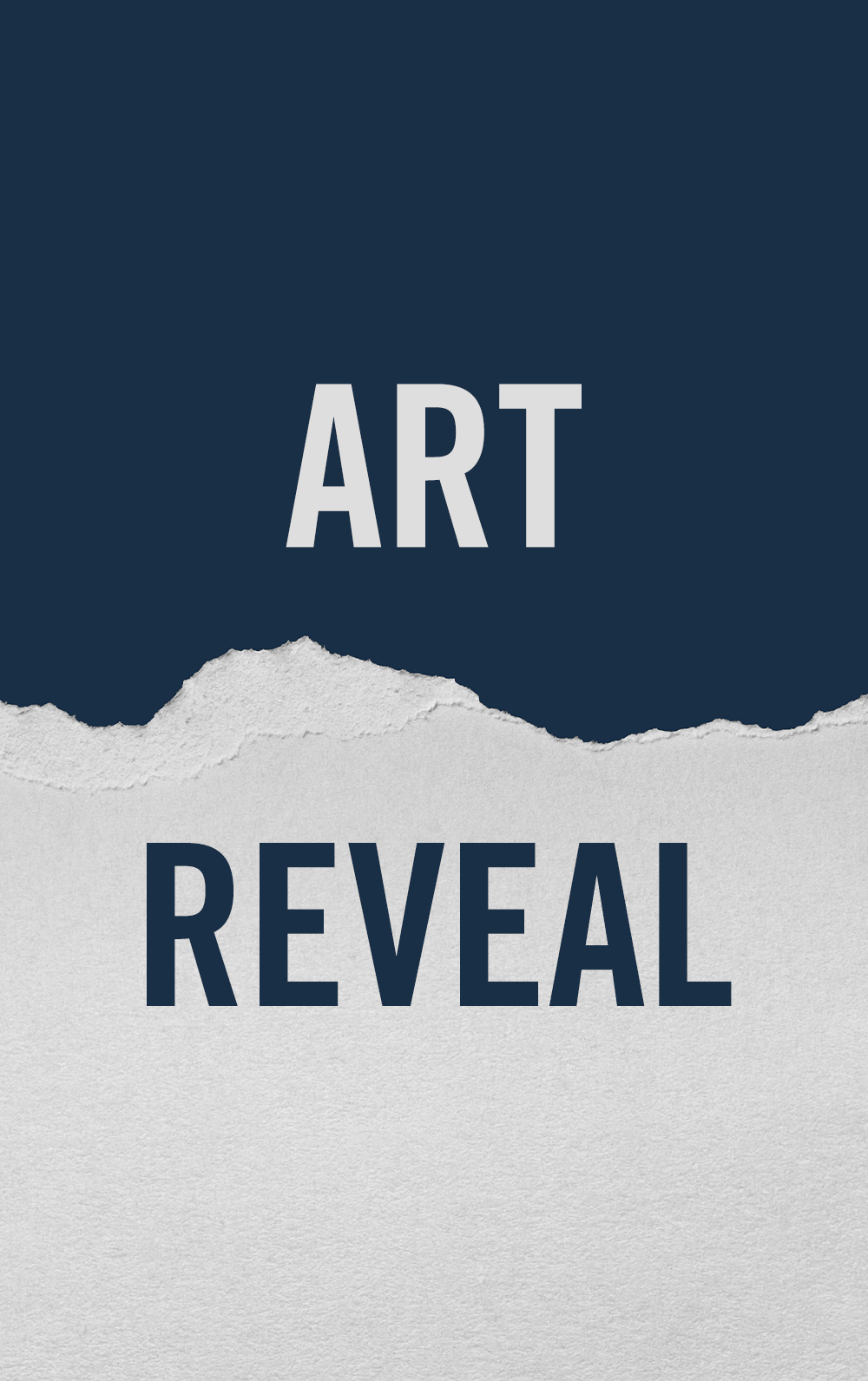
Today we're showing three pieces of artwork from our April 2025 series books! Let us know in the comments which books you'd like to see featured in our May 2025 Artwork Reveal!
By Raffaele D’Amato
Illustrated by Andrea Salimbeti

Centre: King Totila, 553
For his horsemanship, Totila (Baduila) was called ‘abramal wair’ – ‘warrior without fear’. Here he is reconstructed according to Procopius’s description of him before his final battle at Tagina: an armour abundantly plated with gold, and a helmet with royal-purple hair tufts hanging from the cheek-guards and crest, ‘befitting a king, marvellous in their abundance’ (BG, VIII, [XXXI, 18]). Gothic shields were made of planks covered with leather and painted; they were often adorned with appliqué metal representations of birds, fishes or beasts, as well as with Arian Christian crosses.
Right: Royal standard-bearer, 547
This domesticus pater equitum is Totila’s ‘household’ standard-bearer, destined to be killed during his king’s second siege of Rome in 547. Dismounted here, he is characteristically equipped as a heavy cavalryman with gear that is both described in written sources and confirmed by archaeological evidence. The helmet is reconstructed from a find in the ‘Domagnano treasure’ and fragments of another Deurne-Dunapentele example from Sirmium, while the lamellar armour is from recent finds at Kranj. His standard is our hypothetic reconstruction, combining the Arian cross with the eagle of Wotan.
Left: Gothic capillatus, mid-6th century
Serving Gothic soldiers may have been distinguished from civilians by their long hair (as capillati), a survival from the Late Roman military. Whether this term meant a particular hairstyle, or simply referred to serving soldiers being typically hirsute, is unclear. A distinctive type of shield is described by Procopius as used by the Gothic infantry to protect them from arrows during siege operations: rectangular, and made of either wood or wickerwork (BG, V, 87). During the siege of Rome Procopius mentions Gothic warriors holding in front of them shields ‘as big as the long Persian ones’ (BG, V, 22) – a reference to the Sassanian tradition.
Artwork requested by Daniel Figueroa Giraldez.
Convoy PQ-17 1942: Disaster in the Arctic
By Angus Konstam
Illustrated by Adam Tooby

THE GERMAN SURFACE GROUP PREPARING TO PUT TO SEA, MORNING OF 5 JULY 1942
In the eyes of the British Admiralty, the biggest threat to Convoy PQ‑17 was the powerful Kriegsmarine surface group stationed in northern Norway. At its heart was battleship KMS Tirpitz, sister ship of the ill‑fated Bismarck, which also served as the flagship of Admiral Otto Schniewind, commander of all Kriegsmarine’s naval forces in the region. At his disposal were the armoured cruisers Lützow and Admiral Scheer – sisters of the ‘pocket battleship’ Graf Spee – the heavy cruiser Admiral Hipper, and a dozen destroyers. Schniewind planned to use them in a bold attack on the next Russia‑bound convoy – an attack he had codenamed Operation Rösselsprung. These ships were deployed near Trondheim and Narvik, but when Convoy PQ‑17 was sighted on 1 July, Schniewind ordered his forces to assemble in the Altenfjord, near the northernmost tip of Norway. On the way though, Lützow and three destroyers ran aground, and so were unable to play their
part in the operation.
However, shortly before noon on 5 May, Admiral Schniewind led his battlegroup to sea. Word had reached him that the convoy had scattered, and so it would be entirely at his mercy. This shows the battlegroup transiting the Altenfjord at around 1300hrs on its way to the open sea. Tirpitz is in the lead, with Schniewind’s Admiral’s Pennant flying from the foremast. Off its beam are two escorting destroyers, KMS Richard Beitzen to port and KMS Friedrich Inn to starboard. Following astern of the battleship is heavy cruiser KMS Admiral Hipper, followed by armoured cruiser KMS Admiral Scheer, flagship of Schniewind’s deputy, Vizeadmiral Oskar Kummetz. Following the battlegroup are two torpedo boats, Z‑7 and Z‑14 , which had been screening Tirpitz and Hipper the previous night, as they lay in the Kaafjord, the battleship’s protected anchorage at the southern tip of the Altenfjord. Waiting to join the battlegroup are four destroyers, which have just emerged from the Langefjord, a southern arm of the Altenfjord. The whole force would continue to the open sea, preceded by minesweepers to make sure the way was clear. Then, nothing would lie between them and the hapless merchant ships.
Artwork requested by Alex Fernández
By Steven J. Zaloga
Illustrated by Felipe Rodríguez

M60 TANKS OF THE JOINT FORCES
1. M60A3 (Passive), 8th Ministry of Defense and Aviation (MODA) Brigade, Royal Saudi Land Forces. Saudi tanks were usually very plainly marked, with few if any distinguishing insignia. They were painted in overall FS 30372 Sand or the similar CARC 686 Tan according to US sources. The usual Coalition “^” marking can be seen on the turret side. This insignia was adopted after the Khafji fighting to reduce the problem of fratricide and was supposed to be carried on all Coalition vehicles. Saudi vehicles usually carried the Saudi flag on one of the radio aerials. Another result of the Khafji fighting was the decision to use orange air recognition flags on the top of tank turrets as a means of air identification, a practice that had been used by the US Army since World War II.
2. M60A3 (Passive), 3rd Armored Brigade, Egyptian 4th Armored Division. This shows an M60A3 in typical Egyptian camouflage consisting of a base sand color with sprayed bands of olive drab and earth brown. The tank carries the lion’s head insignia of the 4th Armored Division, with the red/green circle indicating the 3rd Armored Brigade. The vehicle number “134” is carried in Arabic numerals on the upper turret side. This tank lacks the usual Coalition “^” insignia, which wasn’t applied until after the Khafji battle.

Comments
You must be logged in to comment on this post. Click here to log in.
Submit your comment